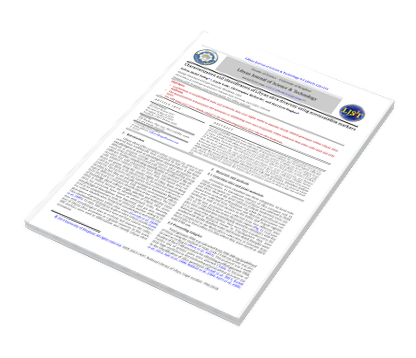Characterization and identification of Libyan olive diversity using microsatellite markers
DOI:
https://doi.org/10.37376/ljst.v9i2.2212الكلمات المفتاحية:
SSR Markers, Olive tree, Microsatellite markers, and Genetic diversityالملخص
Ten microsatellite markers were used to differentiate and evaluate the relationships among a total of 91 olive genotypes (39 local cultivated, 36 introduced cultivars and 16 wild types) collected in Libya. A total of 109 alleles were identified, with the number of alleles per locus ranging from 4 to 20 alleles. Three loci (UDO43, DCA16 and GAPU101) had the most alleles across all loci with 20, 18 and 16, respectively. The wild types and introduced cultivars had greater numbers of alleles than the local cultivars. Six cases of duplicated genotypes, two cases of synonymy, and thirteen homonyms that were genetically distinct were observed in the Libyan collection. UPGMA clustering classified the accessions into two main distinct groups. The first group consisted of local genotypes and the second group included introduced and wild type accessions. Admixture analysis also clearly distinguished between local ancient landraces and wild genotypes. In general, using molecular data enables to separate the Libyan olive accessions based on their origin but not fruit use.
التنزيلات









